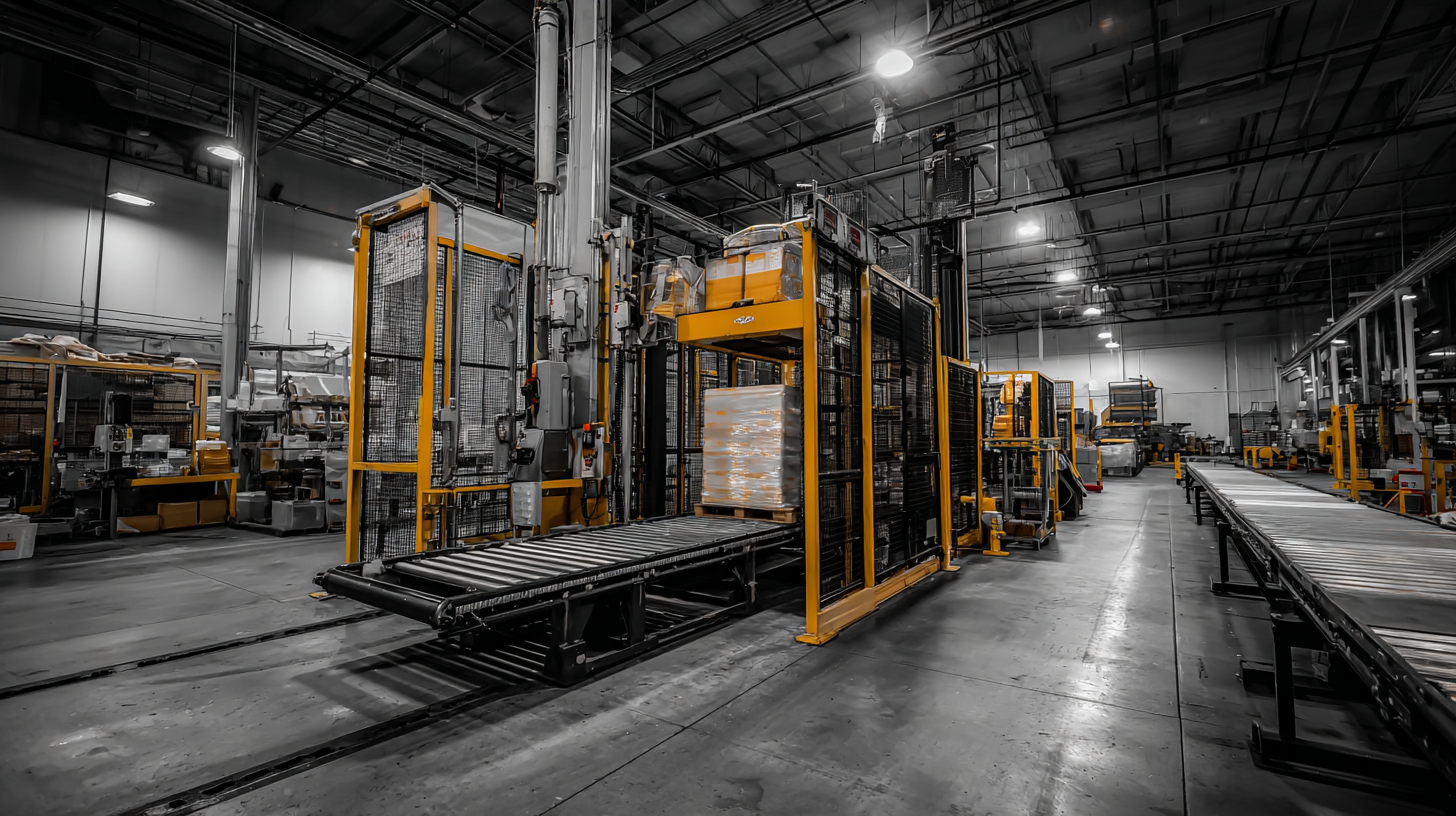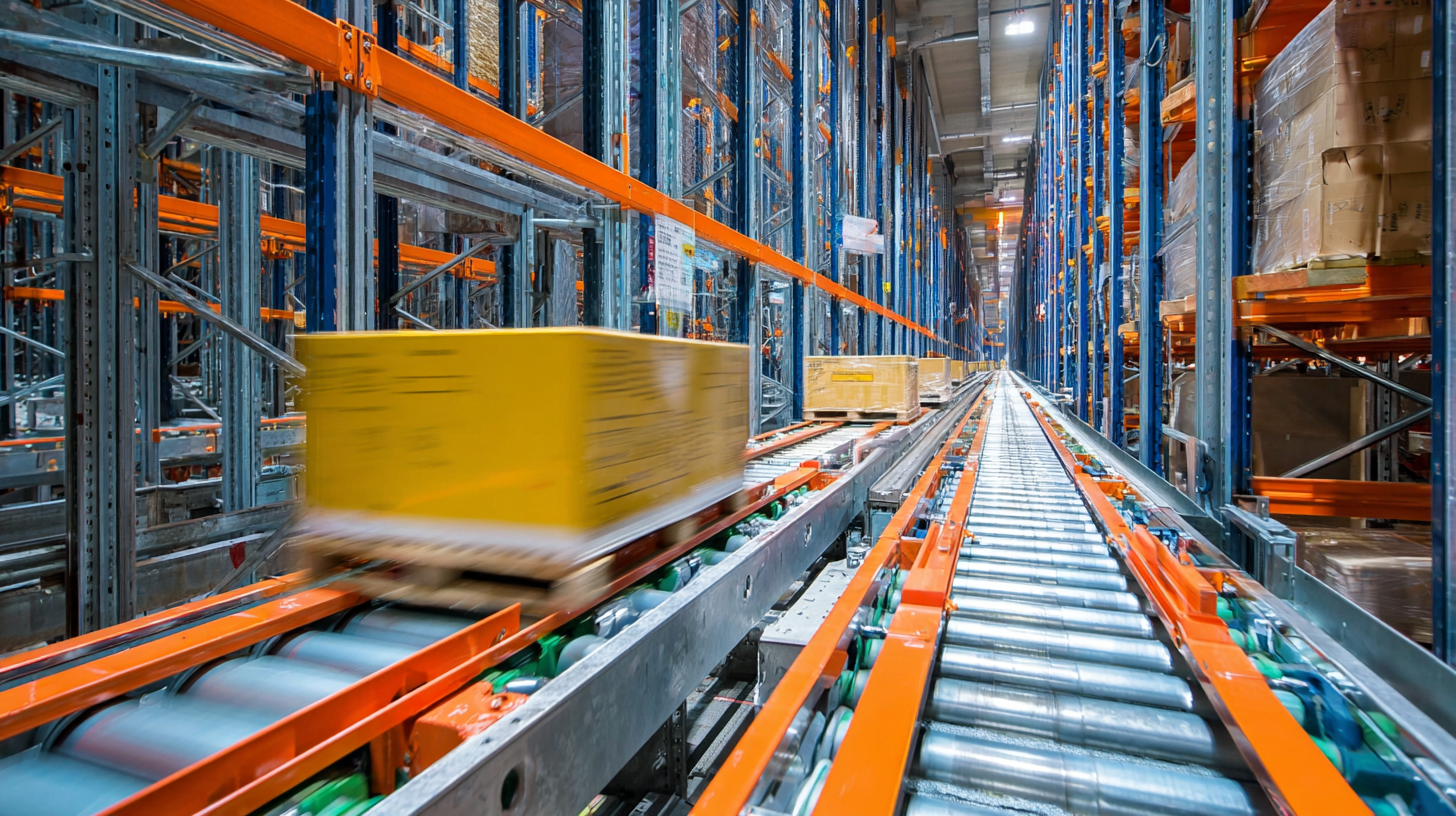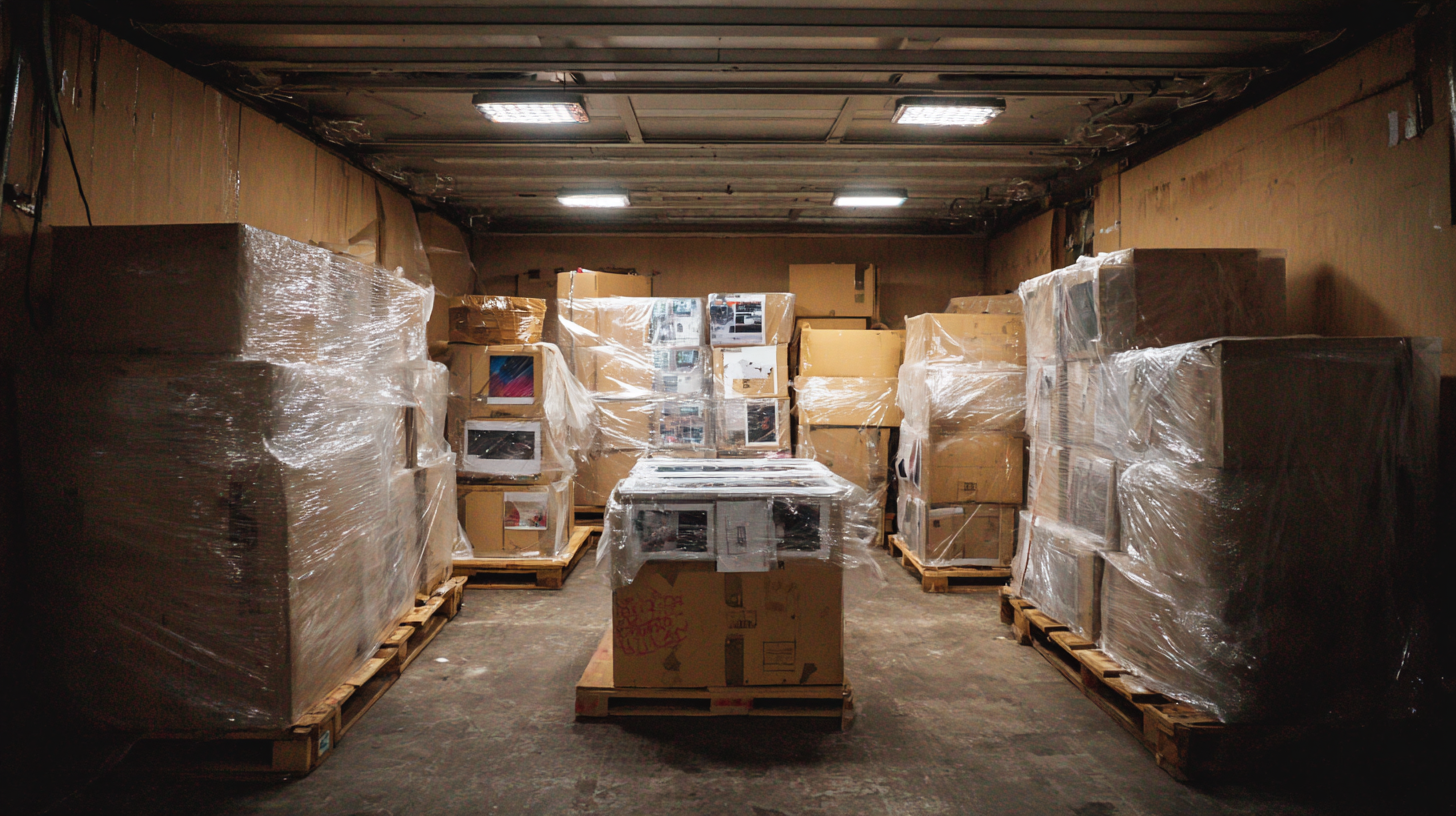Top Strategies for Enhancing Efficiency with Shrink Wrap Systems
In today's fast-paced manufacturing and shipping industries, the efficiency of packaging processes can significantly impact a company's bottom line. According to a report from the Packaging Machinery Manufacturers Institute (PMMI), the use of advanced packaging solutions like the Shrink Wrap System can increase packaging efficiency by up to 30%, reducing material waste and labor costs. As businesses continue to seek ways to streamline operations and enhance productivity, adopting a Shrink Wrap System stands out as a key strategy. By ensuring optimal application techniques and maintaining proper equipment, organizations can leverage shrink wrapping not only as a protective measure but also as a means to accelerate throughput and improve overall operational performance. This blog will explore essential strategies for maximizing the efficiency of Shrink Wrap Systems, providing readers with practical tips and insights to enhance their packaging processes.

Top Advantages of Using Shrink Wrap Systems for Packaging Efficiency
Shrink wrap systems have become essential for businesses seeking to enhance packaging efficiency. One of the primary advantages of using these systems lies in their ability to provide superior protection for products. The tight seal created by shrink wrap prevents moisture, dust, and contaminants from damaging the items during storage and transit. This not only ensures the integrity of the product but also reduces the risk of returns caused by damaged goods, resulting in lower operational costs and higher customer satisfaction.
In addition to protection, shrink wrap systems offer significant space-saving benefits. The compact nature of shrink-wrapped packages allows businesses to maximize their storage capacity, whether on shelves, in warehouses, or during shipping. This efficiency can lead to reduced shipping costs and improved logistics. Moreover, shrink wrap is lightweight, which helps decrease overall shipping weights, further contributing to cost savings. With their versatility and efficiency, shrink wrap systems empower businesses to streamline their packaging processes while improving the overall quality and presentation of their products.
How Shrink Wrap Systems Streamline Supply Chain Operations
Shrink wrap systems play a crucial role in streamlining supply chain operations, enhancing both productivity and efficiency. According to a report by the Freedonia Group, the demand for shrink wrap machinery is projected to grow by 4.5% annually through 2024, as companies increasingly recognize the benefits of their use in packaging and shipment processes. These systems facilitate faster packing times, reducing labor costs and minimizing the risk of product damage during transit. By using shrink wrap, businesses can ensure products remain sealed and protected against environmental factors, which is essential for industries ranging from food and beverage to pharmaceuticals.

Moreover, integrating shrink wrap systems within logistics can significantly improve inventory management. A study by Smithers Pira highlights that nearly 25% of companies utilizing shrink wrapping reported a reduction in waste due to less product spoilage and improved handling efficiency. By automating the packaging process, organizations can enhance their fulfillment capabilities, which is particularly vital in today's fast-paced market where consumer demands are constantly evolving. The precise application of shrink wrap also contributes to better space utilization during storage and transportation, resulting in reduced shipping costs and a streamlined supply chain overall.
Cost-Effectiveness of Shrink Wrap Solutions in Industrial Applications
The cost-effectiveness of shrink wrap solutions in industrial applications is increasingly recognized, as evidenced by the significant growth forecast for the shrink packaging market. With the market expected to rise from USD 11.73 billion in 2024 to approximately USD 20.28 billion by 2033, industries are prioritizing shrink wrap systems for their efficiency and affordability. These systems reduce packaging material usage, minimize shipping costs, and improve product protection, leading to enhanced operational productivity.
Additionally, the expanding pallet wraps market, projected to grow from USD 6.8 billion in 2025 to USD 10.1 billion by 2035, underscores the trend towards sustainable packaging solutions. Companies are embracing shrink wrap technologies not only for their cost benefits but also for their environmental impact. As industries increasingly turn to biodegradable and compostable materials, these innovative shrink wrap options are set to dominate, catering to eco-conscious consumers while maintaining operational efficiency.

Enhancing Product Protection with Advanced Shrink Wrapping Techniques
Shrink wrapping has emerged as a pivotal technique for enhancing product protection across various industries. Advanced shrink wrapping methods utilize high-quality materials that significantly reduce the risk of damage during transportation and storage. The vacuum packaging market is projected to grow substantially, with an anticipated increase in size and share by 2032. Specifically, the global beverage packaging market is estimated to expand from $144.4 billion in 2023 to $217.54 billion by 2032, demonstrating a compound annual growth rate (CAGR) of 4.70%. Such growth reflects the importance of efficient packaging solutions in protecting products while also meeting consumer demand for sustainability.
In the food and beverage sector, employing advanced shrink wrapping techniques not only preserves product quality but also extends shelf life. The market for soft packaging solutions is diversifying, with notable trends indicating a rise in biodegradable materials. According to industry reports, reusable and eco-friendly packaging options are gaining traction, influencing companies to adopt advanced shrink wrapping technologies that offer both durability and environmental benefits. By investing in state-of-the-art shrink wrap systems, businesses can enhance operational efficiency and ensure product integrity, positioning themselves favorably in a rapidly evolving marketplace.
Top Strategies for Enhancing Efficiency with Shrink Wrap Systems - Enhancing Product Protection with Advanced Shrink Wrapping Techniques
| Strategy | Description | Benefits | Efficiency Impact |
|---|---|---|---|
| Automated Shrink Wrapping | Utilizing machinery to automate the shrink wrapping process. | Increased production speed and consistency. | Up to 30% increase in output. |
| Advanced Material Selection | Selecting high-quality shrink wrap materials that enhance durability. | Improved product protection and shelf-life. | Reduction in product damage by 40%. |
| Temperature Control Systems | Implementing precise temperature control during the shrinking process. | Ensures optimal shrinkage and reduces wastage. | Improves material usage efficiency by 25%. |
| Routine Maintenance | Regular checks and maintenance of shrink wrap equipment. | Prevents equipment failure and prolongs the lifespan. | Decreases downtime by 20%. |
| Process Optimization | Analyzing and refining the shrink wrapping process. | Reduces labor costs and time. | Enhances overall workflow efficiency by 15%. |
Environmental Considerations: Sustainable Practices in Shrink Wrapping
Shrink wrap systems are increasingly coming under scrutiny for their environmental impact, driving the need for sustainable practices within the industry. One prominent strategy is the use of eco-friendly materials that minimize plastic waste. Biodegradable and recyclable films are now available, providing the same protective qualities as traditional shrink wraps while reducing the carbon footprint. Companies can make a significant shift towards sustainability by selecting materials sourced from renewable resources, thereby fostering a circular economy.
Moreover, optimizing shrink wrapping processes can also contribute to environmentally conscious practices. Energy-efficient machinery that reduces electricity consumption during the wrapping process not only lowers operational costs but also diminishes environmental impact. Implementing smart technology to monitor and adjust wrapping parameters ensures minimal material usage without compromising on quality. By investing in such technologies, businesses can ensure that their shrink wrapping systems align with a sustainable ethos, ultimately benefiting both the planet and their bottom line.
Top Strategies for Enhancing Efficiency with Shrink Wrap Systems
This chart illustrates the effectiveness of various sustainable practices in enhancing efficiency within shrink wrap systems, evaluated across different metrics.
